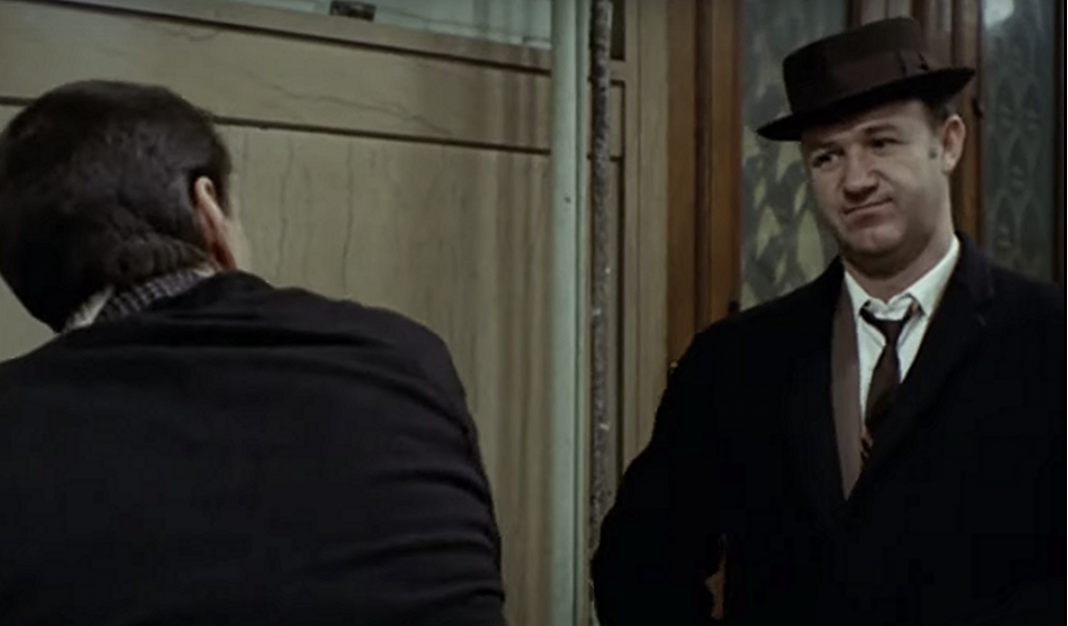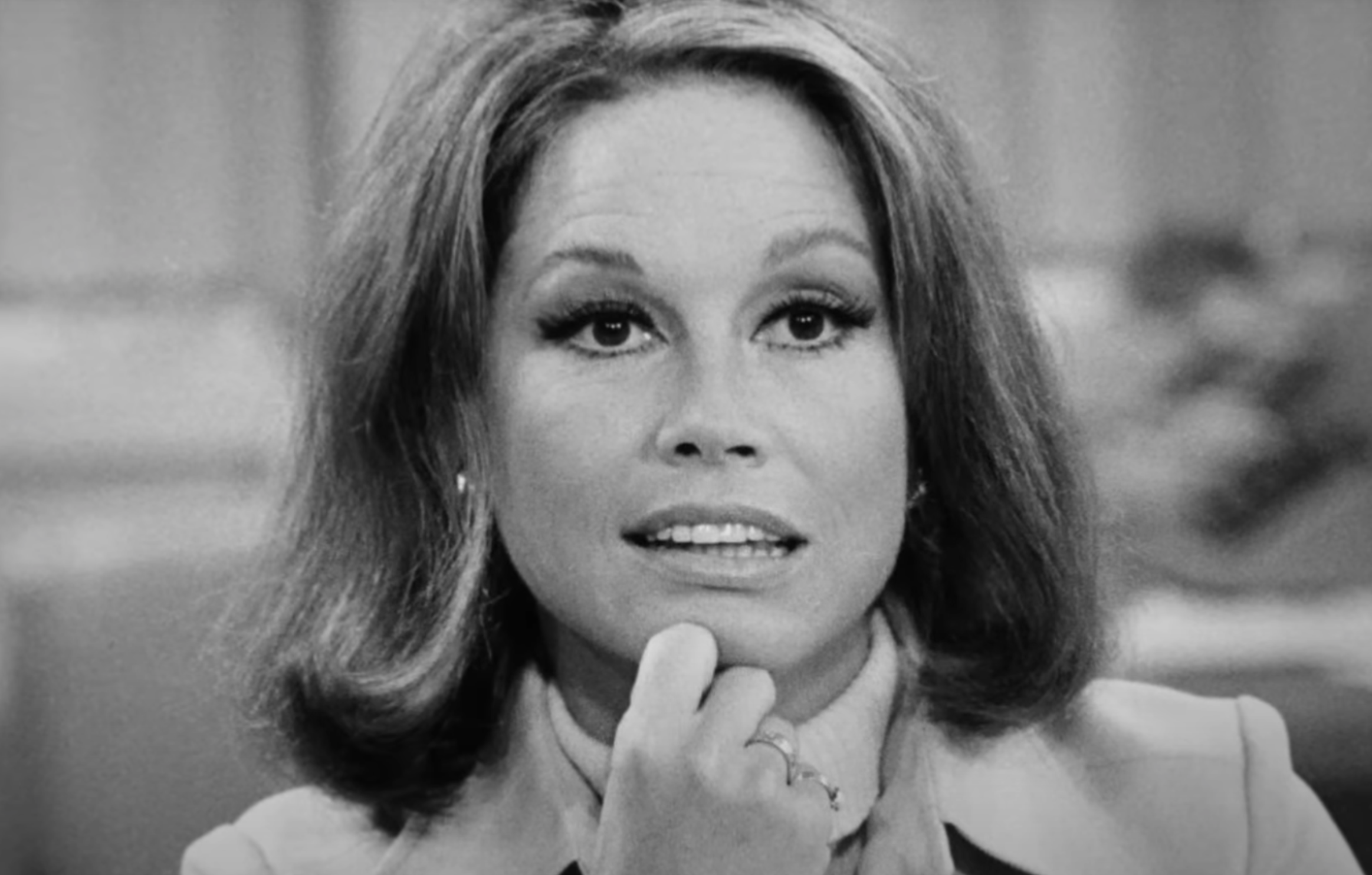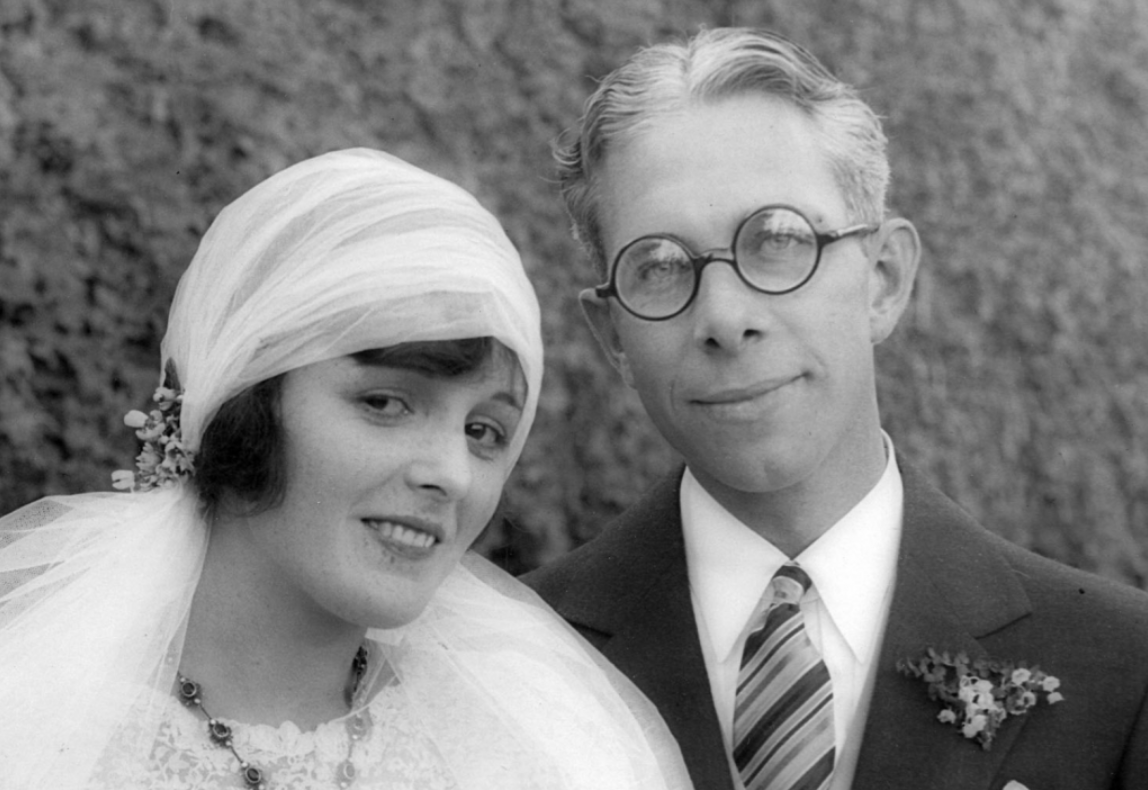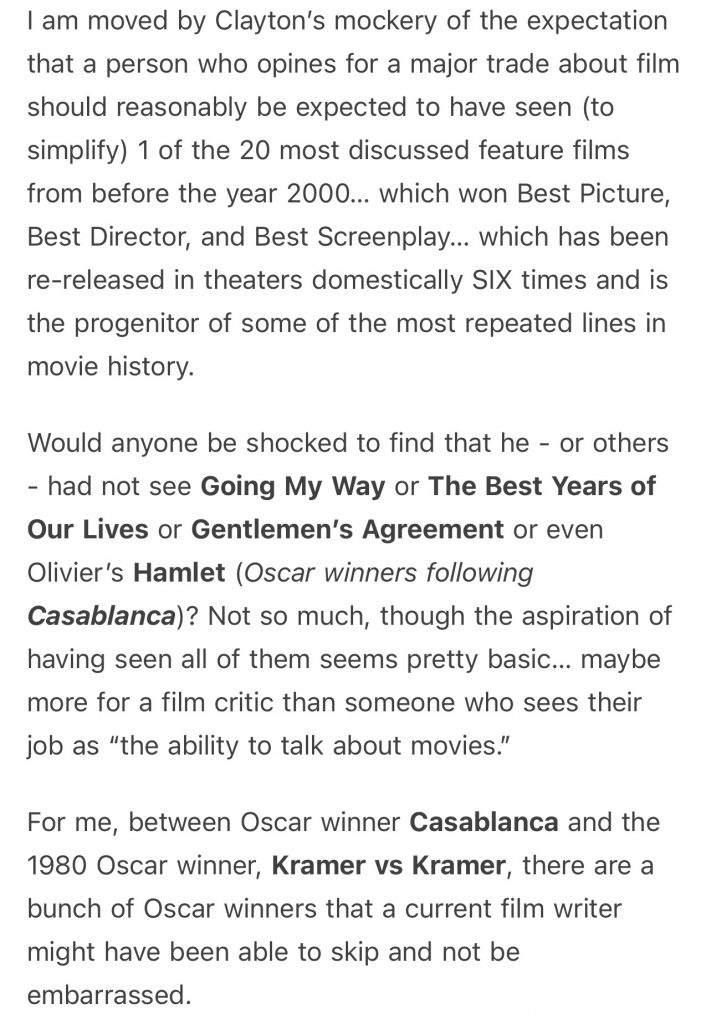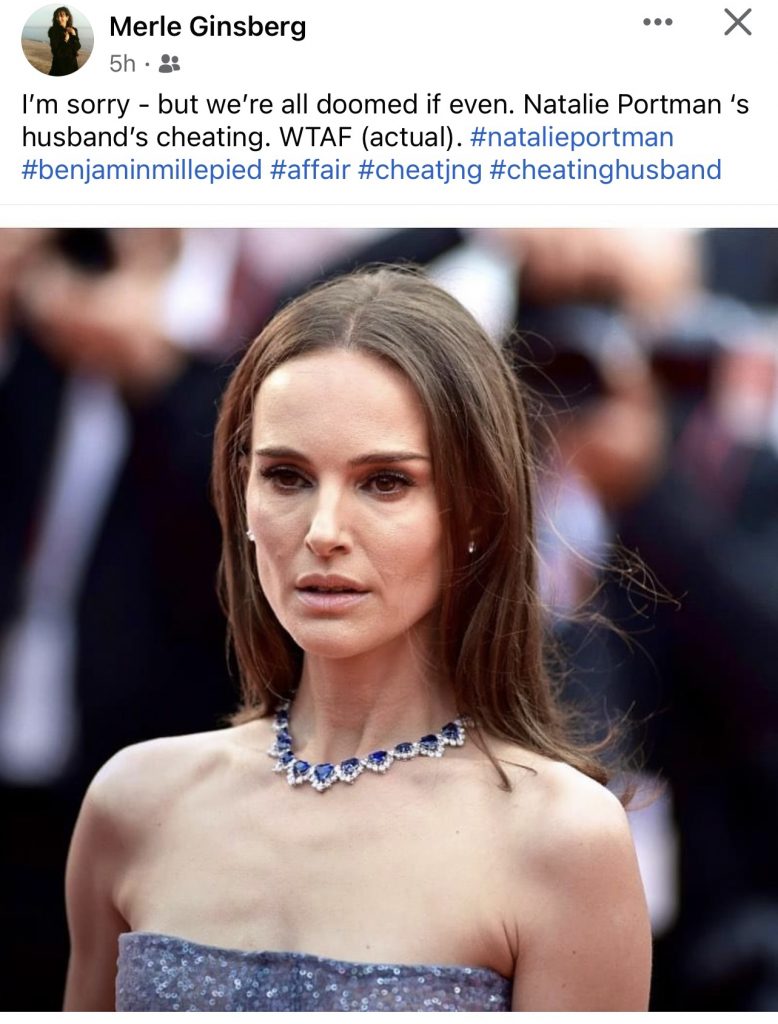Here are 12 bullet points about the recently discovered removal of a brief, first-act passage in William Friedkin‘s The French Connection (’71), or more precisely in the Criterion Channel’s streaming of same.
1. The absence of this sequence can be confirmed by anyone who streams the Criterion Channel’s version of the Oscar-winning feature. The messed-with sequence begins at the 9:42 mark, during the film’s first act. Gene Hackman‘s Popeye Doyle enters the brightly-lighted main lobby of the police station. He drops off paperwork, puts on his overcoat, walks over to the main door and flexes his hand. Roy Scheider‘s Cloudy follows but at exactly 10:05 a passage that used to be part of the film is no longer there.
2. It’s a bit between Doyle and Cloudy, who’s nursing a wounded arm after being stabbed by a drug dealer. Doyle: “You dumb guinea.” Cloudy: “How the hell did I know he had a knife?” Doyle: “Never trust a [ethnic slur].” Cloudy: “He coulda been white.” Doyle: “Never trust anyone.”
3a. The nine-second sequence (:52 to :59 in the below video) was obviously censored over Doyle’s racially offensive dialogue, specifically the N-word.
3b. It is presumed that the sequence was removed by Disney, which bought the film’s original owner, 20th Century Fox, on 3.20.19, and not The Criterion Channel.
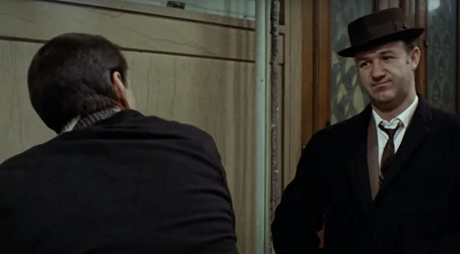
4. The absence of said passage was also reportedly evident when The French Connection was screened at the American Cinematheque’s Aero theatre on Friday, 5.12.23. HE commenter identified as “The Connection”: “I don’t know if anyone else complained. I should have said something to the manager as I was leaving, but I sent them an email the next day asking who changed it (themselves? the studio? the filmmaker?) and [that] in the future they [should] at least advertise that they’re showing an altered version. Since Criterion is now showing the same version, I’m assuming it was the studio, and I wonder if the Aero was even aware of the change.”
5. HE commenter “Gus Petch” (posted Sunday night): “I have multiple recordings of the movie on my DVR. The versions recorded off TCM 4 and 2 months ago are both the censored versions, but the versions recorded off FXM (Fox Movies) 8 months ago are uncensored. Also FWIW, the TCM versions did not have the title screen in front that you often see that the film has been modified for presentation on TV.”
6. HE commenter “Ken Koc” (posted Sunday night): “That [nine-second sequence] is also gone from my purchased copy of The French Connection on iTunes.”
7. It is nonetheless astonishing that the Criterion Channel is running this version of Friedkin’s Oscar-winning film (Best Picture, Hackman for Best Actor, Friedkin for Best Director, Best Film Editing, Best Adapted Screenplay) without an explanation of some sort. This deletion seriously harms the Criterion brand, which has always been about honoring and representing the original artistic intentions of filmmakers. They need to address this issue ASAP.
8. If in fact Disney is responsible for deleting the nine seconds of footage, they owe an explanation to the film’s fans as well as the industry at large why this was done, and whether or not they consulted Friedkin before doing so, and if they intend to delete other portions of other films that feature the N-word.
9. Over the last couple of days I’ve sent emails to various directors and producers, asking them to please forward yesterday’s HE story about the French Connection censorship to Friedkin. I’m presuming that Friedkin would hit the ceiling when he learns of this, and will post some kind of protest statement or perhaps even a video.

